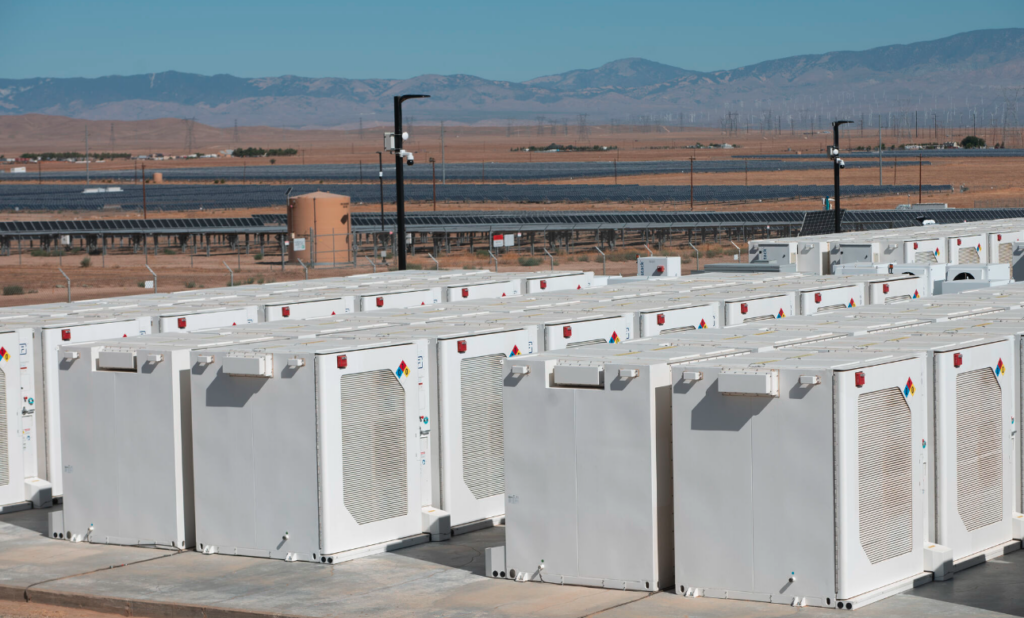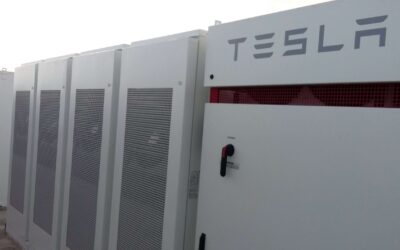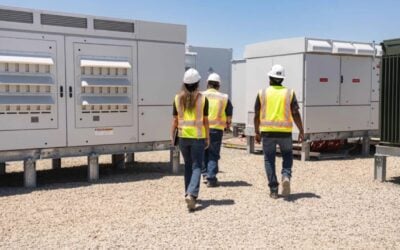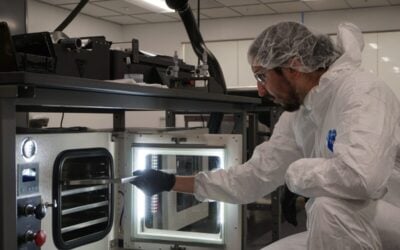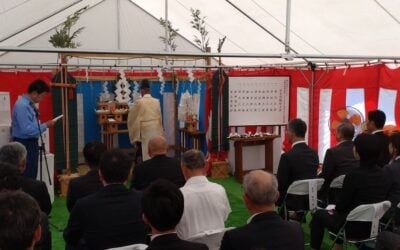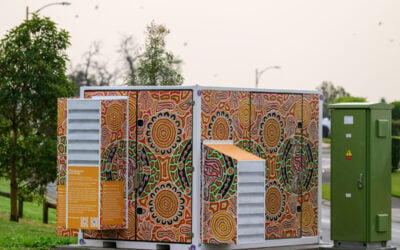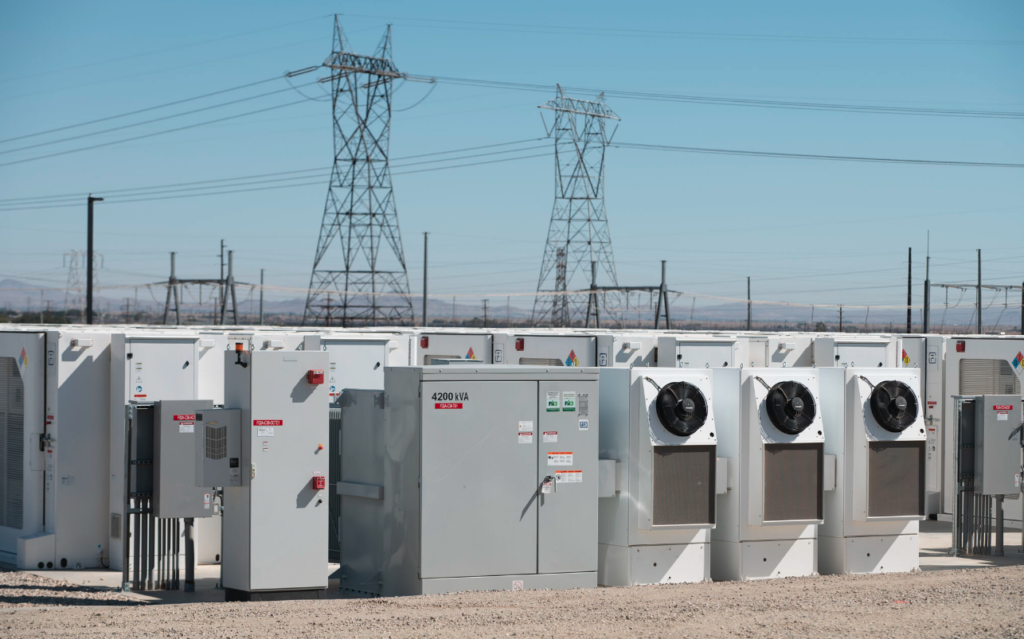
Utility and power company AES Corporation has brought the Lancaster Area Battery (LAB), the second portion of a combined 908MWh battery energy storage system (BESS) complex in California, online.
The LAB storage project began commercial operations on Friday last week (2 September) and is now supplying energy to the wholesale market operator by CAISO, California’s independent system operator (ISO).
Enjoy 12 months of exclusive analysis
- Regular insight and analysis of the industry’s biggest developments
- In-depth interviews with the industry’s leading figures
- Annual digital subscription to the PV Tech Power journal
- Discounts on Solar Media’s portfolio of events, in-person and virtual
The system has a power rating of 127MW and an energy capacity of 508MWh, with four hours’ duration being a requirement of participating in Resource Adequacy, the framework through which CAISO ensures utilities have procured enough energy to meet demand – and the main way BESS projects make money in the state.
LAB is adjacent to the 100MW/400MWh Luna energy storage project, which AES also brought online last week, as reported by Energy-Storage.news. Luna is notable as it was one of the first fully debt-financed standalone large-scale projects, partially achieved through the securing of its long-term revenues under a 15-year agreement with community choice aggregator Clean Power Alliance (CPA).
Lab and Luna together store energy from 18 adjacent AES solar projects.
As with most if not all of AES’ BESS projects in the US and Latin America, the BESS was delivered by system integrator Fluence. AES founded Fluence along with technology and engineering firm Siemens and both still hold a majority of the company’s shares after its IPO in late 2021.
Fluence will soon move the final part of its Cube assembly process to Utah in order to better serve its US customers. Peter Silveira, senior director of manufacturing, talked Energy-Storage.news how this would work and its broader manufacturing strategy in a recent interview.
CAISO has recently been calling on electricity consumers to reduce usage at certain critical parts of the day to avoid the risk of outages. Battery systems have been helping but, as recently reported in Bloomberg, market signals have led to them discharging too early before the evening peak, reducing their state of charge when they are most needed.
Energy storage systems are called upon to dispatch by CAISO when the wholesale power price hits US$1,000/MWh but unusually high demand on the grid on Tuesday due to record heat mean the cap was hit by mid-afternoon, meaning they were discharged earlier than CAISO may have wanted.
Batteries did manage to provide 2,700MW of power between 6pm and 7pm when it was most needed, lower than the total capacity of 3,334MW (as of 1 August) according to CAISO figures.
